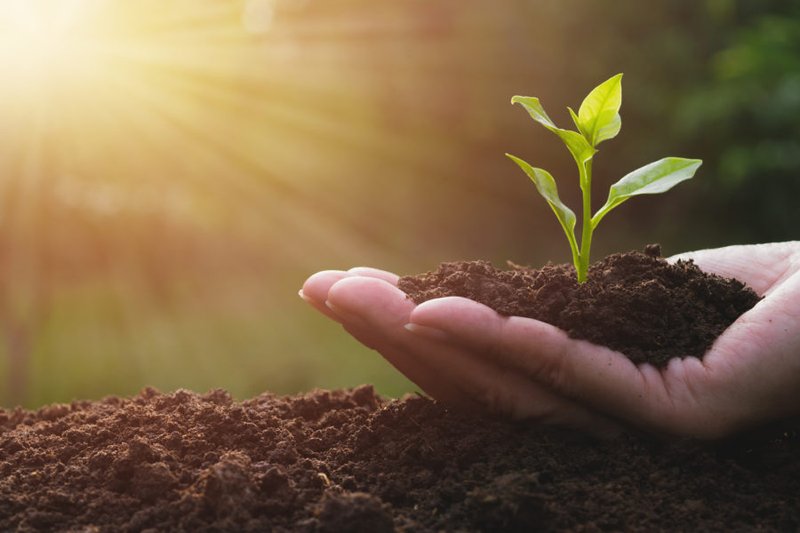
Just like humans, Barred Owls need specific conditions to thrive. They’re not only reliant on forests that provide food and shelter; they also face competition from other species, like the Great Horned Owl. As natural habitats shrink due to urbanization and climate change, it becomes increasingly important to implement thoughtful conservation strategies. So, how exactly are we helping Barred Owls? Let’s explore the various efforts aimed at giving these stunning creatures a fighting chance.
The Importance of Habitat Protection
One of the primary ways we’re protecting Barred Owls is through habitat conservation. This means preserving the natural environments where these birds live. Healthy forests are essential, as they provide the necessary cover for nesting, hunting, and raising young owls. Without a home, these birds struggle to survive.
Organizations like the National Audubon Society and local wildlife agencies focus on protecting and restoring forests. They often work on reforestation projects, which means planting new trees to replace those lost to logging or development. These initiatives help create a more suitable habitat for Barred Owls and other forest species.
Additionally, protecting wetlands plays a key role, as Barred Owls often hunt in these areas for their favorite snacks—small mammals and birds. By ensuring that wetlands remain intact and free from pollution, we’re creating a healthier ecosystem for these owls and other wildlife.
Community Involvement in Conservation
You might be wondering how you can get involved in protecting Barred Owls. Community initiatives play a huge role in conservation efforts. Local groups often organize workshops, educational programs, and citizen science projects that focus on wildlife protection.
For example, some communities offer owl monitoring programs, where volunteers help track Barred Owl populations and behaviors. This data is crucial for understanding how they’re faring in the wild. Engaging the community builds awareness, and when people know how to identify and appreciate Barred Owls, they’re more likely to support conservation efforts.
Moreover, participating in local clean-up events or habitat restoration projects can directly benefit these birds. Every small action counts, and when communities come together, it creates a larger impact on the environment.
Research and Monitoring Programs
Scientific research is essential for conservation. Researchers study Barred Owls to learn about their behaviors, diets, and population trends. By understanding their needs, conservationists can tailor efforts to better protect them.
One research method involves tracking Barred Owls with GPS collars. This technology allows scientists to monitor their movements and nesting habits. It’s fascinating to see how these owls use their habitats and adapt to changes. Plus, having solid data helps convince policymakers to allocate funds for conservation efforts.
Monitoring programs also serve as an opportunity for researchers and the public to collaborate. For instance, citizen scientists can help report sightings and nesting locations, further enriching our understanding of Barred Owls across different regions.
Addressing Competition and Threats
While habitat loss is a major concern, competition with other species also impacts Barred Owls. The Great Horned Owl is a significant competitor, often preying on young Barred Owls. Conservationists are working to understand this dynamic better and develop strategies to mitigate its effects.
Creating designated protected areas can help reduce competition by ensuring that resources are available for both species. By managing these zones, wildlife officials can help maintain a balance that allows Barred Owls to thrive while still supporting the ecosystem as a whole.
Another threat comes from environmental changes, like climate change. As weather patterns shift, Barred Owls may face new challenges in finding food or suitable breeding sites. It’s crucial for conservationists to consider these factors when developing long-term strategies for protection.
Education as a Key to Conservation
Education is a powerful tool in the conservation toolkit. By raising awareness about Barred Owls and their challenges, we can inspire action. Schools, nature centers, and wildlife organizations often host events that teach people about these incredible birds.
For instance, guided owl walks allow participants to listen for their calls and even spot them in the wild. These experiences create lasting connections between people and nature. When individuals have a personal encounter with a Barred Owl, they’re more likely to advocate for its protection.
Educational programs also focus on broader environmental issues, teaching people how their everyday choices impact wildlife. For example, discussing sustainable practices or the importance of native vegetation can empower communities to take steps that benefit Barred Owls and other local wildlife.
The Role of Legislation in Protection
Legislation plays a critical role in conservation efforts. Laws designed to protect wildlife help ensure that Barred Owls and their habitats are shielded from harm. The Endangered Species Act is one such law that provides a framework for protecting threatened and endangered species.
Conservation organizations often work with lawmakers to advocate for stronger protections. For example, they may push for policies that limit deforestation or encourage habitat restoration. By rallying support for these initiatives, we can create a safer environment for Barred Owls.
It’s essential for everyone to stay informed and involved in these legislative efforts. Whether you’re signing petitions, attending town hall meetings, or simply spreading the word, your voice matters.
As we’ve explored, protecting the Barred Owl requires a concerted effort from various fronts—habitat preservation, community involvement, research, education, and legislation. It’s inspiring to see how many people are passionate about helping these incredible birds.
Honestly, every small action contributes to a much larger goal. Whether it’s participating in local events, advocating for wildlife-friendly policies, or simply sharing what you’ve learned with friends, you can make a difference.
The future of the Barred Owl lies in our hands, and together, we have the power to ensure that their haunting calls echo through our forests for generations to come. So, let’s keep the conversation going and continue working toward a brighter future for these magnificent creatures!

